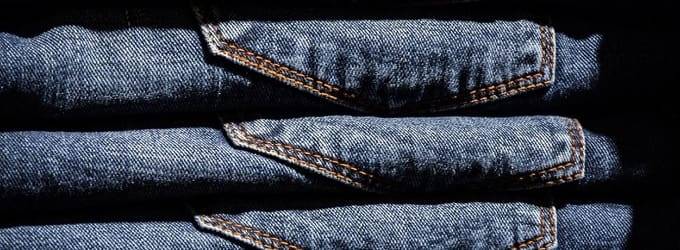When you shop for new clothes, a number of factors can affect the social and environmental impacts of your purchases. For example, about 14.2 million workers worldwide are trapped in forced and exploitative working conditions, including those in clothing manufacture, according to a June 2012 report from the International Labour Organization (ILO).
Also, toxic pesticides can harm farm workers and the Earth; clothing dyes may contain heavy metals (look for low-impact dyes); and many companies apply toxic finishes to promote fire-, wrinkle-, and stain resistance. Clothing made from petroleum-based polyester has a high carbon footprint, and clothing made from rayon requires a toxic chemcial soup to turn wood pulp into fabric.
To find the greenest clothing when you shop, look for these fabrics and labels:
Look for These Eco-Friendly Fabrics
Bamboo: This hardy plant grows quickly, generally with few chemical inputs. However, toxic chemicals may be used to turn the plant into fabric. The Federal Trade Commission mandates that companies using this process label their products “bamboo-based rayon” rather than just “bamboo.”
Organic cotton: More than 25 percent of the world’s pesticides are used in conventional cotton production. Organic cotton is grown without toxic, synthetic chemical inputs.
Industrial hemp: Hemp is rapidly renewable and requires little or no pesticides.
Recycled polyester: This fiber is made from cast-off polyester fabric and soda bottles, resulting in a carbon footprint that is 75-percent lower than virgin polyester. Recycled polyester contains toxic antimony, but some companies are working on removing it from their fabrics.
Soy cashmere/silk: This fabric is made from soy protein fiber left over after processing soybeans into food. The soy may be genetically engineered unless noted on the label.
TENCEL: Like rayon, Tencel is made from wood pulp. The difference is that it uses Forest Stewardship Council certified wood pulp and less-toxic chemicals in a closed-loop process.
Wool: Wool is renewable, fire-resistant, and doesn’t need chemical inputs. Look for chlorine-free wool from humanely-treated animals.

